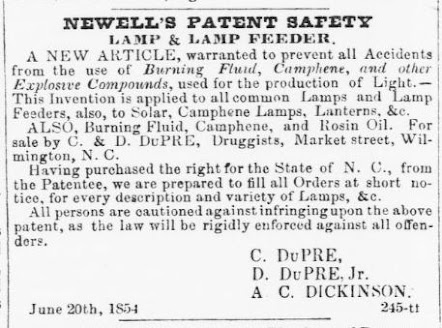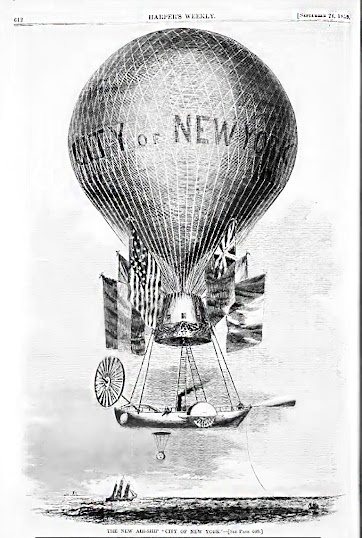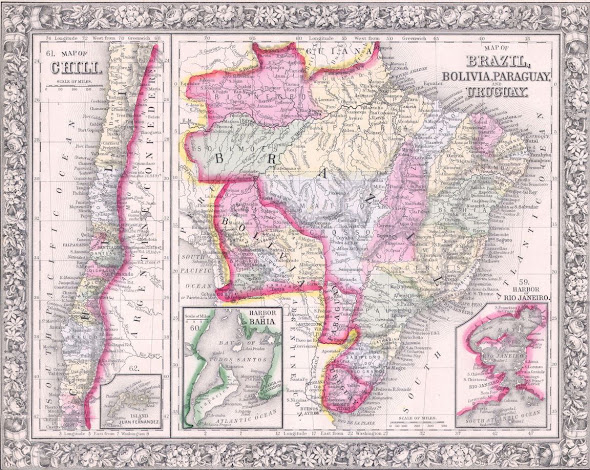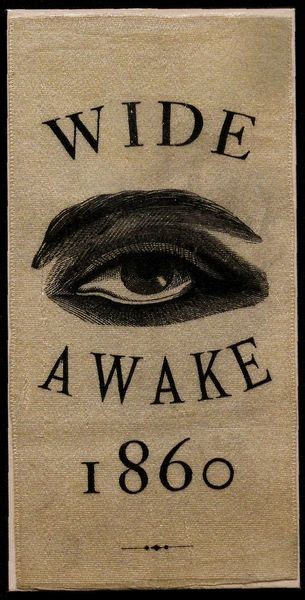Fiat Lux!
Fiat Lux!
There is
darkness behind light. We take it for granted—lighting is cheap, easy, and
quick. It was not always so.
In a survey carried out by a newsmagazine in the late 1850s, people were asked to list the most important and useful things invented in the previous two decades. At the top of the list: matches.
Matches made starting light so much easier and faster. They were referred to at the time as "lucifers" from the devil angel's name which means in Latin "bringer of light."
Now, with lucifers, there was no more careful tending of a fire not to go out, or the difficult
journey to a neighbor’s farm for a bit of fire to carefully take home. Candles, lamps, and cigars could now be
lighted anywhere. Matches were so cheap they were available to all levels of
society. Originally made from phosphorus, matches could burst into flame with
the slightest friction—in a pocket, scuffed on the floor, or simply dropped. Not
surprisingly, the number of accidental fires increased dramatically. “Children playing with matches,”
became a commonplace entry in insurance claims whether true or not, while
newspapers pleaded “Parents, teach your children not to play with matches!”
Matches were
made at terrible human cost, mostly using child labor. Working with phosphorus 12 hours a day six
days a week quickly affected children. Their
clothes and even their breath glowed in the dark. It made them stink. Worse, it caused the gums
on their jaws to rot and fall away, leaving them in great pain and with a
gruesome glowing smile and sometimes literally jawless.
Phosphorus
reached the match manufacturers’ buildings, having already left a trail of
misery. Phosphorus was extracted from guano, bird dung built up over millennia
on small islands off the coast of Peru. It
already had a market since guano was a very popular fertilizer sold to farmers
by the ton. The islands were remote and very small, generally a few hundred
yards long and wide. Slaves, often kidnapped Chinese, used pick axes and
shovels to dig up large, crystalized chunks to load ships that would call to
collect it every week or so.
Matches & Candles for Wholesale
Jackdaws Shouldn't Play With Matches!
Candle
making in the early 1800s was not the easy hobby it is today using microcrystalline
wax and other oil by products. Most candles then were made of tallow—hardened
pork or beef fat. To efficiently use all the fat from a recently slaughtered
hog or cow required an operation of several days. It was a domestic chore despised by many women.
Wicks had to be spun; a large amount of firewood gathered; racks to hang
partially dipped candles on made; chunks of fat cut to be boiled down and
refined in large kettles over several days.
In the end, the housewife was rewarded with dozens of candles giving off
as much smoke and foul odor as they gave dim light.
That’s where
turpentine comes in. I had been puzzled
compiling clippings for this blog by the numerous ads in newspapers,
particularly in the eastern Carolinas, for “turpentine stills.” Turpentine was
made from refined pine sap. The Piedmont and Coastal Plains of the Carolinas
were covered with pine forests. For more
than a century the region had been known as a center for “naval stores,” tall
straight masts and spars as well as lumber, turpentine and tar derived from
pine sap. Pine tar was an excellent
water barrier. Wooden ships were
practically encased in it. No wonder sailors were often called “Jack Tars.”
In the 1830s
it was discovered that turpentine mixed with alcohol created a brightly burning
substance variously called “camphine” or “camphene.” Most people referred to it
as “burning fluid.” It was cheaper than candles and gave off more light. It was
far cheaper than whale oil and gave off almost as much light. It was not as bright as gas light or as inexpensive
but only factories and the rich and emerging middle class could afford the upfront
expense of having gas lines and fixtures installed.
Turpentine Tax
Notice; far more turpentine than rice or cotton produced in North Carolina
At the same
time whale oil was becoming much more expensive. Not only had over hunting made whales rarer,
but new factories, mainly steam powered textile mills, found whale oil the
ideal lubricant for their machinery. Gaslight
meant factories could run day and night.
As they churned out hundreds of yards of cloth, they certainly could
outbid anybody else for whale oil.
All that
cloth had to go somewhere—and it did--into the new industry of ready-made
clothing. Mr. Singer’s sewing machine was not yet widespread, so sewing was
still the hand work of women. Sewing
men’s shirts was a respectable way to eke out a living. After a woman’s chores of cooking, cleaning,
and child care were done if a woman worked all night, she might be able to
finish two or even three, shirts. If her
shirts were of good quality, she would be paid four cents each.
Piece work
sewing at night required good light and it had to be cheap light.
Camphene
seemed to be the right product at the right price at the right time.
Except that:
It was
dangerously explosive.
Camphene Lamp
Handled
carefully and burned in the lanterns specifically designed for it, camphene was
relatively safe. With the decline in use
of whale oil, second hand whale oil lanterns became cheaper. They would burn
camphene, too. Knocked over or even
jarred roughly, camphene instantly exploded into a fireball.
Overwhelmingly,
the victims were women and children and not just the ones in the immediate area
of explosion. Camphene use was
widespread in ramshackle tenement buildings.
One explosion could set the building on fire and the fire would spread
as it consumed more camphene lanterns.
Rather like
mass shootings today, after each tragedy newspaper editors and politicians
would inveigh against the cynical businessmen selling camphene. And then nothing would change. There was no
real alternative.
By the late
1850s it is estimated North Carolina’s pine woods provided 90 percent of the
nation’s light.
Harvesting
turpentine was much more profitable than wringing cotton out of long depleted
soil. Slavery in a turpentine operation was different than that of a
plantation—but it could be no less brutal.
Slaves were
given axes or machetes and taken to an area of woods and put to hacking open
areas –called “boxes” --at the base of pine trees. Then, cuts would be made on the tree trunk
above the box. Months later, slaves
would collect the pine sap and take it to a turpentine still. The stills were
generally located near a stream or river so barrels of turpentine and refined
tar could be easily loaded onto barges and floated downstream to ports such as
Wilmington. From there, it would be
shipped north to mixed with alcohol distilled from Midwestern grain and the
result sold to the poor in the northeast and all over the country.
Turpentine
production was viewed as way to make a slave economy possible again. At the time, the chief cash export was
breeding slaves to be sold to the new plantations in the Deep South.
The Civil
War cut off turpentine to the camphene
trade. Then the Federal government
dramatically raised the tax on alcohol to help fund the army. And an alternative to camphene now
existed. Kerosene derived from the new
oil fields of Pennsylvania was both cheaper and readily available.
By the end
of the war, the light of camphene was extinguished.
My thanks to
Jeremy Zallen, associate professor of history at Lafayette College. His book “American Lucifers-the Dark
History of Artificial Light 1750-1865”
(UNC Press 2019) pointed me in the right direction to look further into
newspapers of the times. His overview
explaining how various events and social transitions affected the economics of
everything from candles to coal mining is superb.
Camphene Explosion
Gas does not mean coal gas or oil gas in ad above
Another Camphene Explosion
And Let There Be Light!






















Comments
Post a Comment